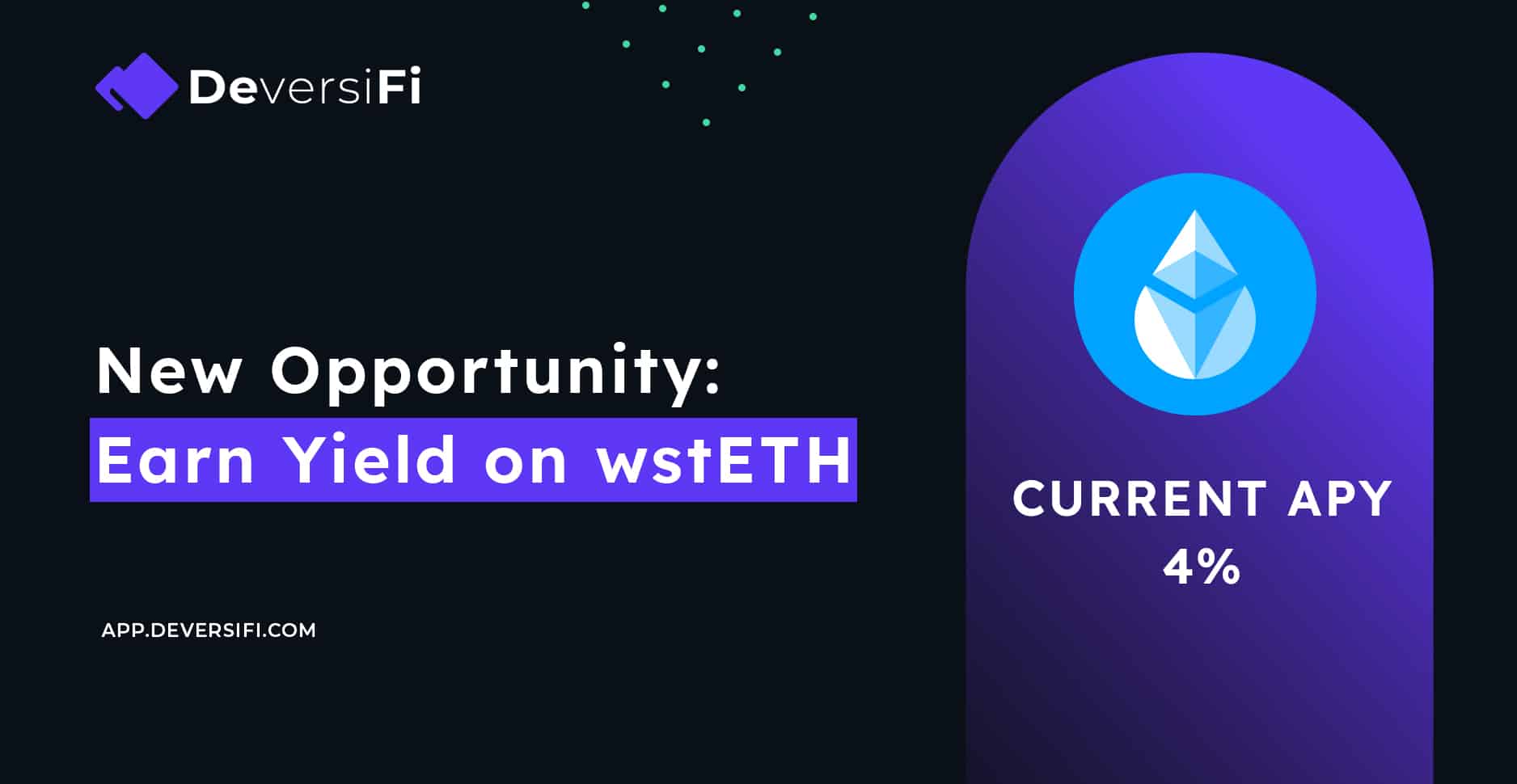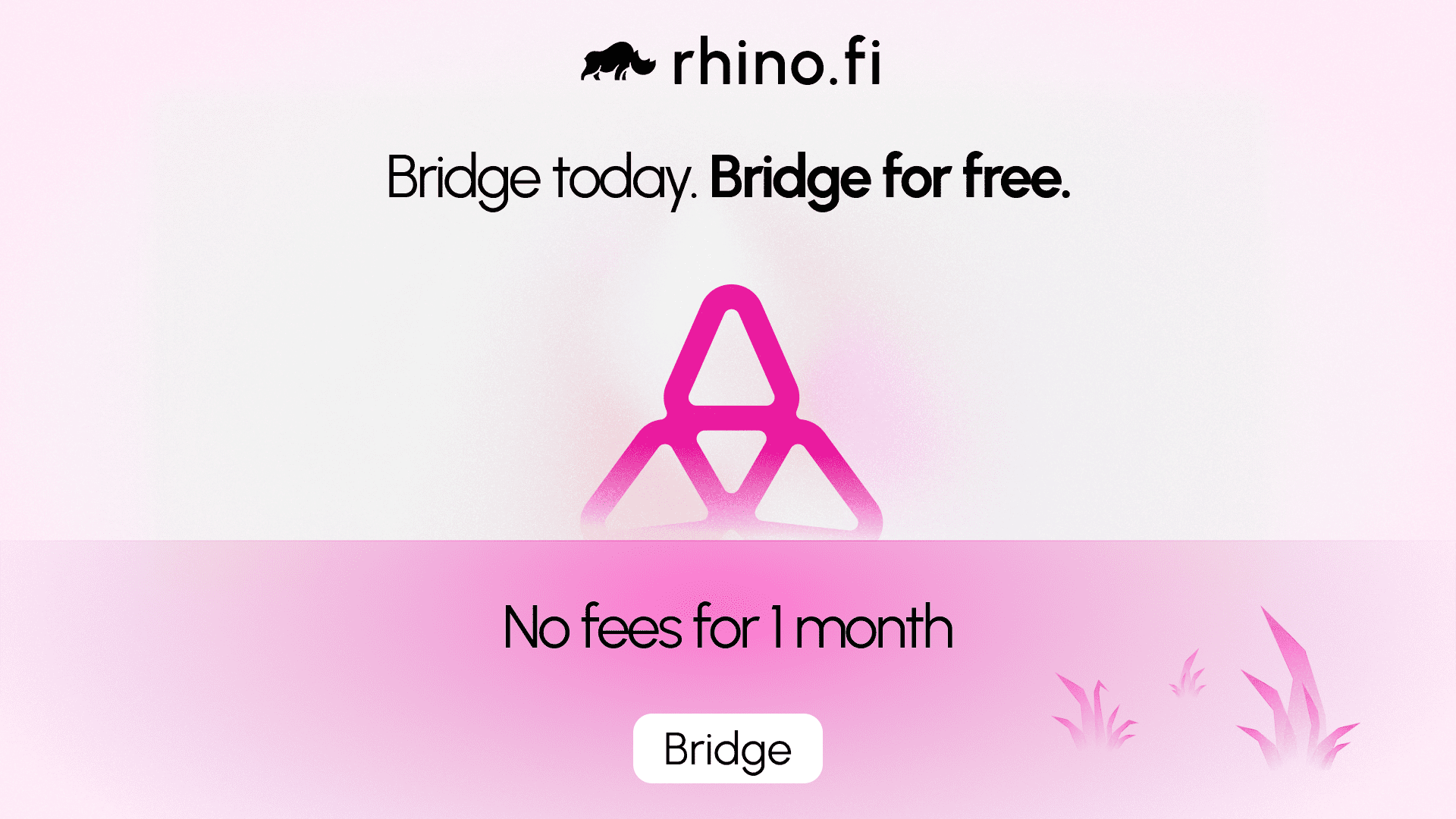The Ethereum Merge is approaching fast – and with DeversiFi you can help secure the future of the blockchain. It’s totally gas-free and the fees are only 0.05%.
We allow you to swap your ETH tokens for staked ETH (stTH) provided by Lido, a liquid staking platform that creates returns on your locked assets. You’ll earn 4% APY from the start and this will rise to 8% within a few months.
And the best bit: with Lido’s pools, anyone can stake the ETH gathering dust in their wallets. No matter your trading experience or the volume of ETH you hold, you can become a custodian of Ethereum’s future and enjoy the rewards.
If you’re ready to stake right now, click here.
Or if you want more info, let’s look at the opportunity in more detail.
Why the Ethereum Merge is huge
Ethereum is about to fundamentally change the way it validates transactions.
Up to now it has used a method known as Proof of Work (PoW). When a new transaction is made, computers on the Ethereum network race one another to validate it. The winner gets to update the blockchain, and is rewarded for doing so.
But Ethereum 2.0 will switch to Proof of Stake (PoS). A community of users will be selected at random to validate the transactions, and receive the rewards. Those who wish to volunteer as validators can do so by staking their ETH.
There are loads of differences between PoW and PoS, but it really boils down to two things: efficiency and influence.
PoS is much more efficient than PoW, because you don’t have thousands of computers battling one another every time a new transaction is made. But beyond that, it fundamentally alters the way individual users can shape the future of the blockchain.
- Until now, influence over the network has been based on computing power. The more powerful your computer, the more chance you have of winning the validation race.
- But with Ethereum 2.0, influence will be based on commitment to the project. The more ETH you stake, the more chance you have of becoming a validator.
So staking ETH is a great investment in the future of Ethereum — and, what’s more, it’s a great investment in your own portfolio.
Stakers already receive inflationary rewards, and after the Merge they’ll get a share of transaction fees too. The APY will more than double, and it could go even higher.
However, there are two big drawbacks to existing staking opportunities…
1. There are barriers to entry.
2. Staking is illiquid.
Once you stake your ETH on most networks, the assets are locked up until transactions begin on Ethereum 2.0. You can’t move, swap or trade your coins until then.
When you stake your ETH, you forfeit the ability to capitalise on short-term trading opportunities elsewhere. DeFi is all about ambition and flexibility, but ETH staking usually provides none of that.
This is where Lido is genius
Lido takes a collective approach to staking. When you stake, your ETH tokens are added to a pool that’s made up of other people’s deposits. And there’s no minimum requirement.
It’s a bit like a syndicate. You contribute to a collective fund and receive rewards that are proportionate to your contribution. So even if you only want to stake 0.01ETH, you can help shape the future of Ethereum.
And you can sweat your staked tokens, too
Whereas most other ETH staking channels are totally illiquid, Lido’s stETH enables you to continue trading using the value of your contribution.
stETH tokens are essentially a proof of the original ETH you provided. You can trade, swap and invest these tokens, just as you can with any other token.
So as well as receiving the rewards of being an Ethereum validator, you can continue to earn returns on your staked assets in real time. Even if Ethereum 2.0 is delayed, you won’t be penalised for your support.
With DeversiFi, these benefits are accentuated
DeversiFi makes Ethereum staking even more flexible.
Our Invest feature allows you to unstake your ETH from the Lido pool, and our exchange is totally private – no-one can see your trades or activity trail. So if you unstake to seize a fleeting trading opportunity, your transaction won’t cause major price slippage.
Best of all, we’re hosted on layer 2, off the main Ethereum blockchain, so we’re free from the congestion of the layer 1 network. Which means you won’t be charged gas fees for staking your Ethereum tokens.
On layer 1, even if an exchange offered you the opportunity to stake small amounts of ETH, the rewards would be wiped out by the gas. But with DeversiFi, you receive full benefit for being an early adopter.
Ethereum 2.0 is going to be awesome. It’s going to make the blockchain smarter, sleeker and more efficient.
But as a layer 2 solution, we feel we’ve been providing these benefits for a while, and it’s great to be able to support the future of the project.
Ok, convinced now? If so, click the button below to stake your ETH.





